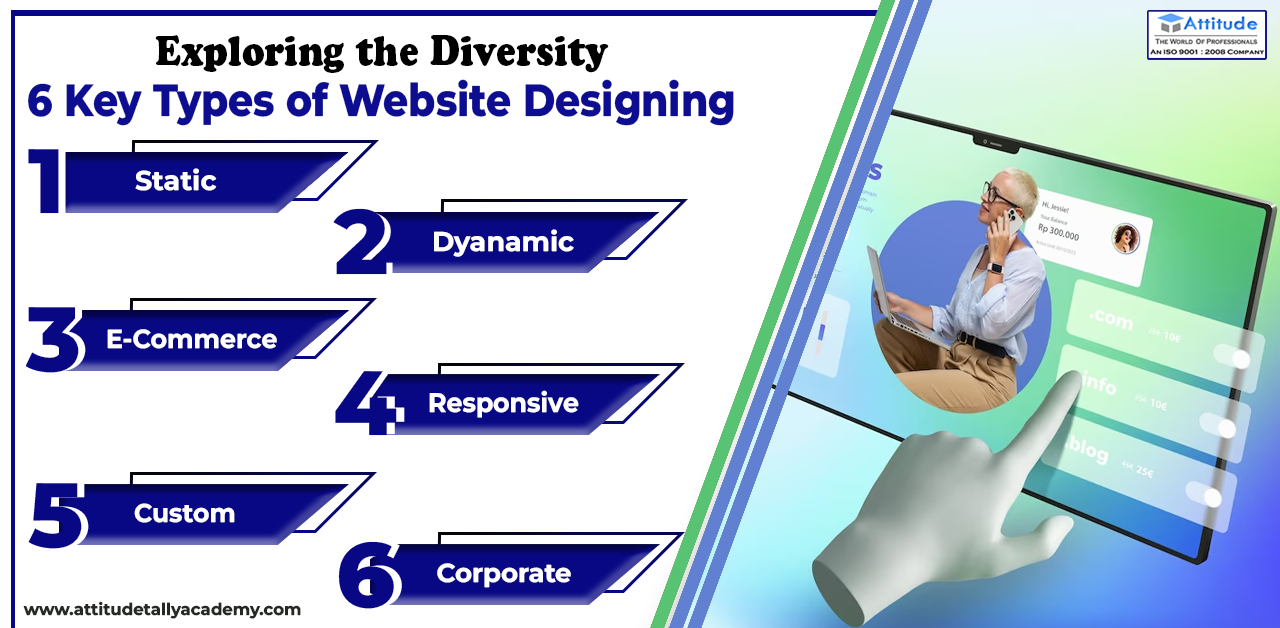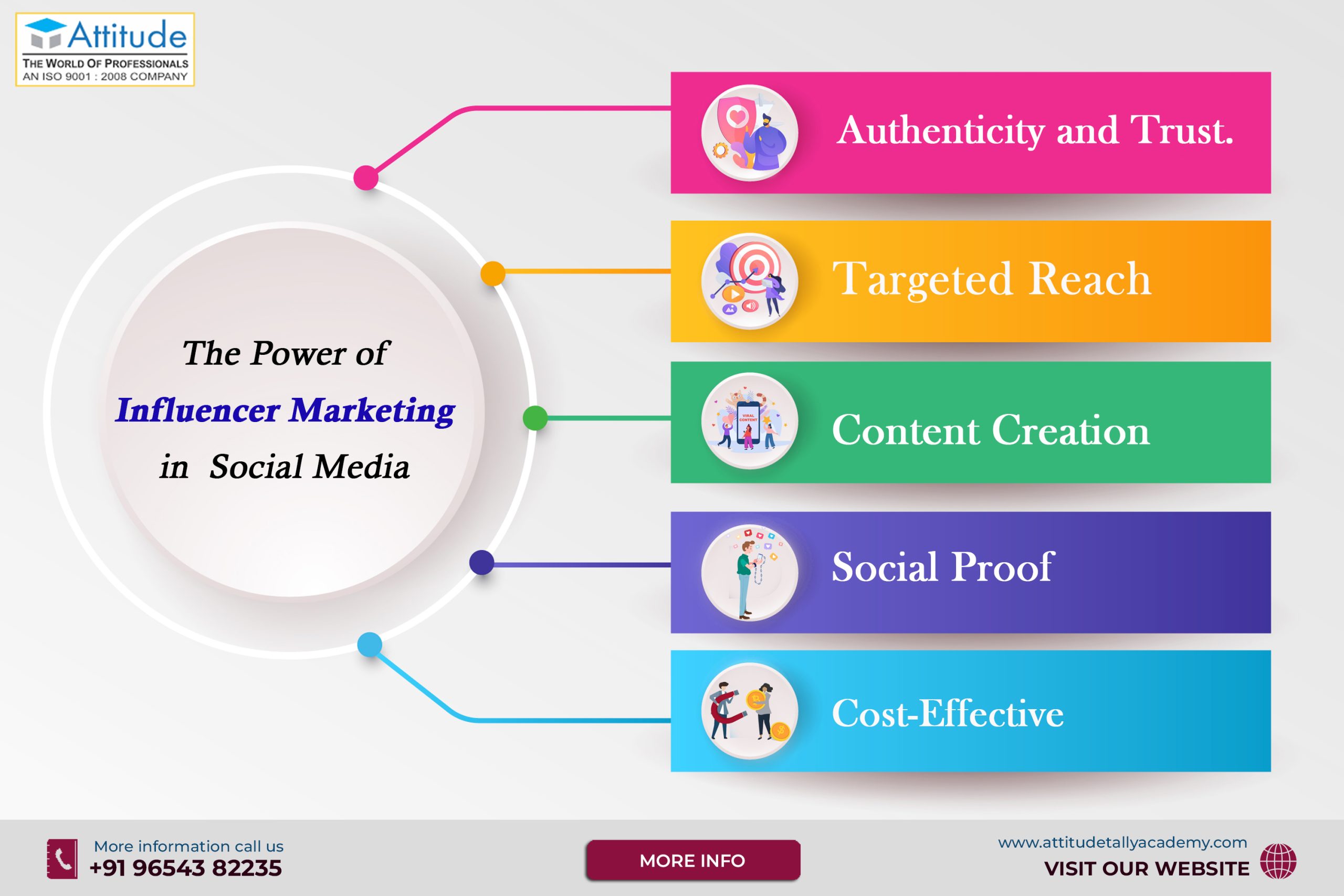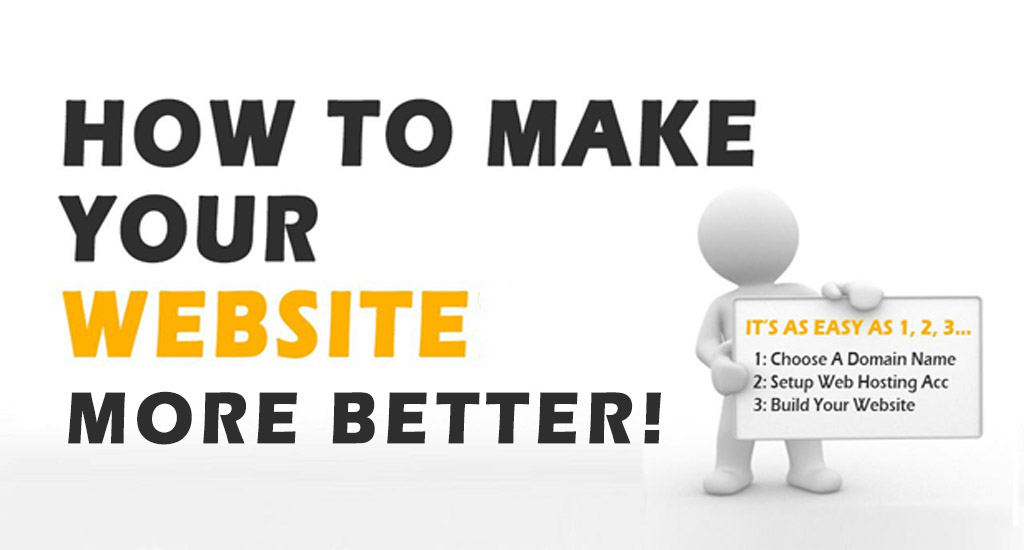Introduction
In the vast landscape of the internet, websites are the virtual storefronts that shape our online experiences. Behind the scenes, skilled web designers employ various techniques and strategies to create visually appealing, user-friendly, and functional websites. The world of web design is diverse, encompassing a range of styles and approaches to meet the unique needs of different businesses and users. In this blog, we will delve into six key Web Design Types, each playing a distinct role in the digital realm.
Static Web Designing
Static web design serves as the foundation for many websites. In this approach, web pages remain fixed, with content that doesn’t change unless manually updated by a developer. Static websites are cost-effective and quick to load, making them suitable for businesses with straightforward content and minimal updates.
Static web designing emphasizes simplicity, allowing for easy navigation and efficient information delivery. While it may lack the dynamic features of other designs, static websites excel in reliability and speed.
Dynamic Web Designing
Dynamic web design takes a more interactive and engaging approach. Unlike static websites, dynamic sites can change content in real-time based on user input or other factors. This type of design often involves server-side scripting languages, such as PHP or ASP.NET, to enable dynamic content generation.
Dynamic websites are well-suited for businesses that require frequent content updates, user interactions, and personalized experiences. These sites often incorporate features like user logins, forums, and databases to enhance functionality.
E-commerce Web Designing
The rise of online shopping has given prominence to e-commerce web designing. This type of design focuses on creating secure, user-friendly, and visually appealing online stores. E-commerce websites often include features like product catalogs, shopping carts, and secure payment gateways to facilitate smooth transactions.
E-commerce web designing aims to create a seamless shopping experience for users, encouraging them to explore products, make purchases, and return for future transactions. It involves considerations of user trust, security, and efficient product presentation.
Responsive Web Designing
In an era dominated by various devices and screen sizes, responsive web designing has become a necessity. This approach ensures that websites adapt and display optimally on devices of all sizes, including desktops, tablets, and smartphones.
Responsive design uses flexible grids and layouts, as well as media queries, to adjust the content dynamically. Google prioritizes mobile-friendly websites in its search rankings, making responsive web design crucial for maintaining visibility and accessibility across diverse platforms.
Custom Web Designing
For businesses with unique branding and functionality requirements, custom web designing is the go-to solution. This approach involves tailoring every aspect of the website, from layout and color scheme to features and interactions, to align with the brand identity and specific goals.
Custom web designing provides a distinctive online presence that sets businesses apart from competitors. It requires collaboration between designers and clients to ensure that the website aligns with the brand’s vision and serves its intended purpose.
Corporate Web Designing
Corporate web designing addresses the specific needs of large enterprises and organizations. These websites often prioritize professionalism, brand consistency, and a corporate identity that reflects the company’s values and ethos.
Corporate websites may include sections for investor relations, career opportunities, and detailed information about products or services. The design emphasizes credibility and trustworthiness, catering to a broad audience, including clients, partners, and potential employees.
In conclusion,
The realm of web design types is multifaceted, offering various approaches to cater to the diverse needs of businesses and users. Whether opting for a static, dynamic, e-commerce, responsive, custom, or corporate design, each type plays a crucial role in shaping the online landscape. As we continue to witness technological advancements and changing user preferences, web designers will undoubtedly explore new frontiers, creating innovative website layouts that redefine the digital experience
Suggested Link: Video Editing Expert VFX & 3DAnimation
Adobe After Effects Graphic Designing




